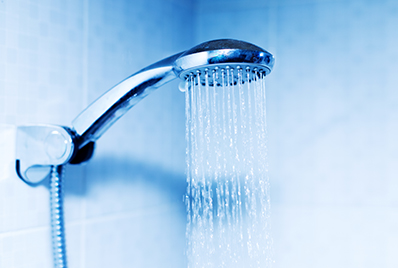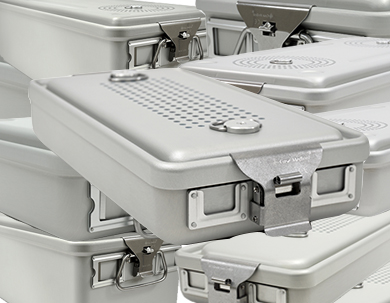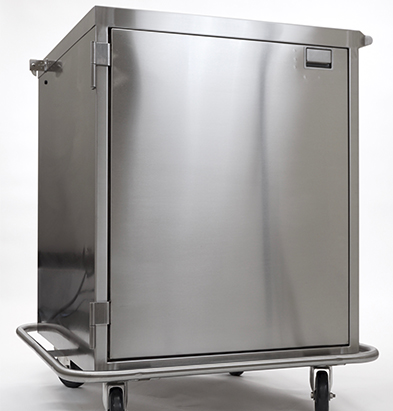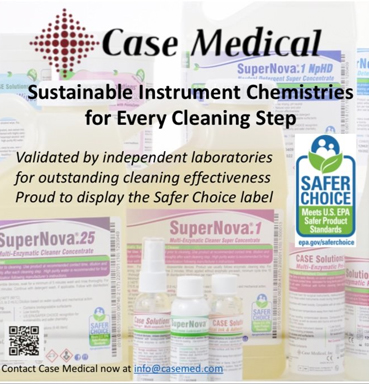
Rinse more, use less chemicals
White residue on devices, sticky film on instruments, retained bioburden… Excessive use of chemicals can interfere with the processing of reusable devices. Some pre-treatment gels lock in soil, other cleaning agents are corrosive, and those used in cart washers may be simply too much, especially when drying or sheeting agents leave behind an organic film that can interfere with low temperature sterilization.
Cleaning containers in volume
It has become common practice to clean sterilization containers in cart washers. While this makes sense given the volume of containers in service, one must consider the types and volume of cleaners used. Medical devices, including sterilization containers, should be cleaned with pH neutral or near neutral detergents and thoroughly rinsed under the flow of water to remove all residue, including detergent residue. I am sure you’ve heard this before, and it’s in our IFU and most others.


Case carts are not sterile
Case carts are not transported into procedure rooms nor headed to the sterilizer after cleaning. With one hundred gallons of water required to run a cycle, it does make sense that water in the cart washer is recycled. “After all, there is no direct contact with patients.” Nevertheless, recycled water in cart washers can be saturated with bioburden, contains more chemicals than may be necessary, and then followed by a finishing agent for added shine and sheeting action. Is this simply too much? In other words, more chemicals are dispensed in the cart washer, which may be okay for carts, but not for sterilization containers or medical devices that require as a last step, a thorough rinse under the flow of water.
Reduce the rinse, really?
Recently, I heard that an equipment manufacturer was introducing a new washer that uses less water, reduces rinse cycles to save time, and promotes a super concentrated detergent. In other words, more chemicals, less rinse. Considering our current situation with climate change, receding reservoirs, air and water pollution, and drought, why is the use of more chemical agents still promoted? Does it even make sense?


Sharing Best Practices
I was looking forward to attending AAMI in person next week for the first time since the beginning of the pandemic, now I am participating remotely. I contributed to the Water Quality working group with suggestions to use less chemical additives and more filtration, which removes, but doesn’t add anything to the water. Unfortunately, I was unable to register for next week’s in-person meeting. I plan to join virtually this time, because every week I am confronted with a new issue related to excessive chemical usage, water quality concerns and overuse of chemicals that affect our sterilization containers and your devices.
Less is best for devices and the environment
Use a validated cleaner and always follow with a thorough rinse. If you plan to use a cart washer for decontaminating containers use the instrument cycle. Rinse with clean water and NEVER use a “finishing” agent, lubricant, or anything, but pure water, the universal solvent for best results. It’s simple! Follow best practice; use safer chemicals to clean; and importantly, follow with a thorough rinse under the flow of water to remove all residue and with filtered water when your water is hard. Case Medical is a U.S. EPA Safer Choice Partner of the Year, recently met New Jersey Green Building standards, and participates in the Chemical Foot Print project.

Visit us anytime at www.casemed.com to learn more about our products and services. We are here to help.
Kindest Regards,





